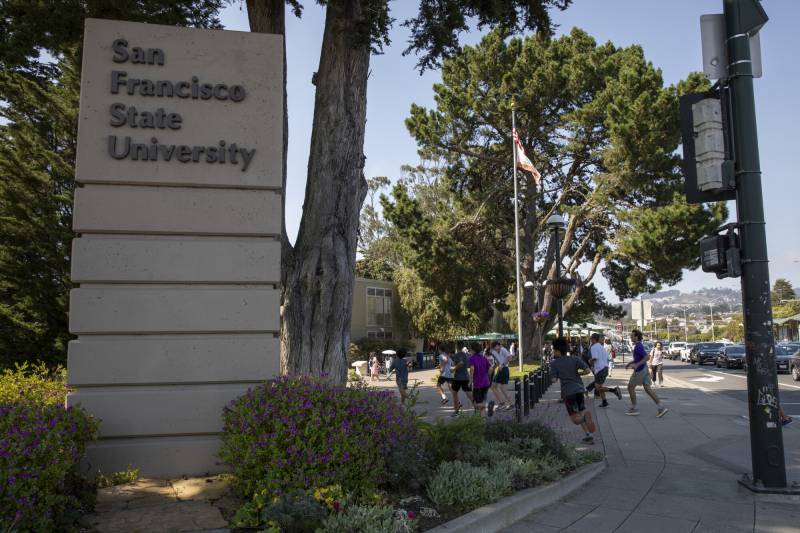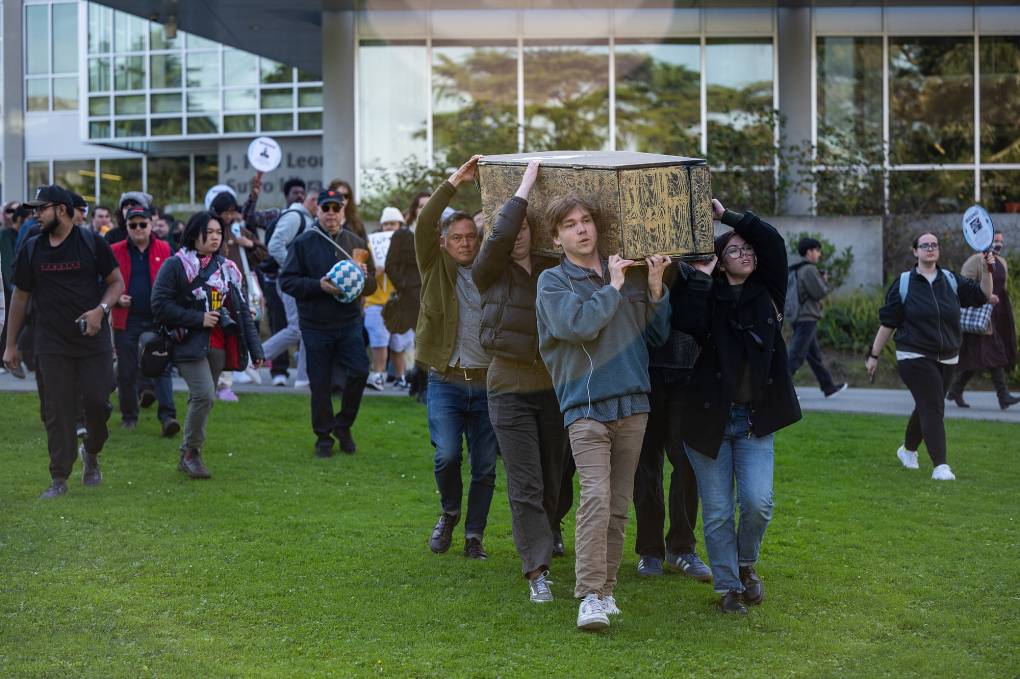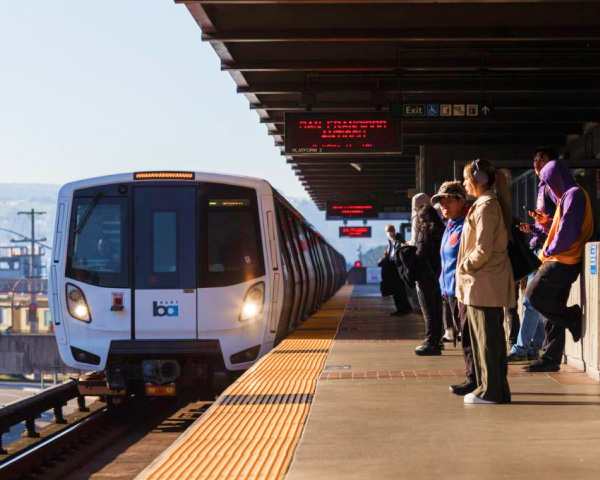Sonoma State, where enrollment is down nearly 40% from a decade ago, announced the largest cuts the system has seen so far in January, eliminating 20 degree programs, six departments and all NCAA Division II athletics.
Cal State East Bay is also considering cuts after 11 degree programs were identified for discontinuation at the beginning of the academic year and women’s water polo was cut last spring. In the last 18 months, 165 lecturers who taught part-time or up to four classes in a semester at the Hayward campus lost their appointments.
Cal State East Bay and Sonoma State officials have said they are prioritizing high demand and career-focused majors, which Delaney said marks one of the biggest growing divides in available educational experiences.
“We’re increasingly seeing a trend where it is those folks that perhaps come from wealthier backgrounds that can afford college that maybe don’t have to be so career-focused,” she told KQED. “Particularly at the undergraduate stage, they can engage in a broad liberal arts curriculum and other individuals that maybe need to work to support themselves or support their families get more directed at institutions or programs that are much more vocationally focused.
“They’re sort of getting a narrower education in that way.”
Mercedes Arenas is a first-year Sonoma State student. She is studying creative writing and hoped to double major in criminology before it got cut.
“I wanted a double major and I was really, really excited for that,” she told KQED in January. “Now the opportunity is going to be taken away from me, and I’m also the first generation to go to college, especially to a university like this, a liberal arts one. So I feel like I’m going to just lose all of it and then it’s just going to go to waste.”
Ryan Butler had his theater tech major at Sonoma State cut in January. He told KQED at the time that he was likely going to transfer because his goal is to study theater, but wasn’t sure where he would go.
“Either I can take a semester off and see where I end up or go to [junior college] for a year and then transfer to a CSU,” Butler said. “I can’t really afford [a UC]. One of my parents lives in Sonoma County and my dad lives in Solano County, so I don’t want to move too far away from either one of those places.”
Many students — including former Sonoma State basketball player Jaylen Wells, who now plays for the Memphis Grizzlies — said that without sports the school would be lacking a part of the quintessential college experience.
“Sports bring a certain energy and a certain pride to the university,” said Emiria Salzmann, who coached women’s soccer at Sonoma State for 14 years. “I always say, ‘I bleed blue.’ That will be missing. Human beings are creatures of community, and that’s what sports is.”



